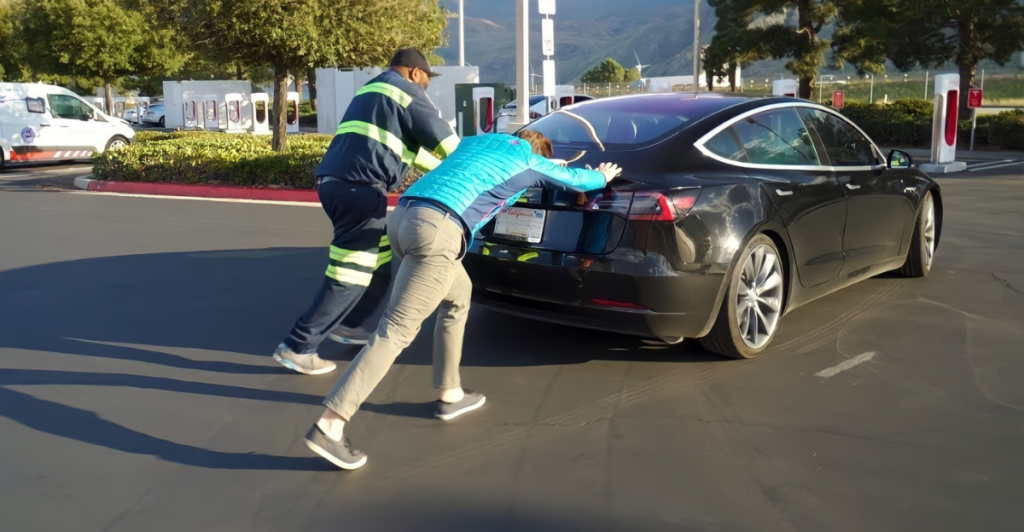
Electric vehicles are reshaping the auto world with promises of clean energy and futuristic tech. But hidden beneath the glossy exteriors and flashy dashboards, some models fall drastically short—especially when it comes to safety and reliability.
Whether plagued by weak battery life, questionable engineering, or critical recalls, these EVs leave much to be desired. With more automakers jumping on the electric bandwagon, it’s easy to get caught up in the excitement. But not every electric car is a smart investment—or a safe one.
If you’re considering going electric, knowing which models to avoid could save you frustration, money, and even protect your well-being. Here are 13 electric vehicles that have raised serious red flags for safety, performance, and overall trustworthiness.
1: Tesla Model X (early versions)
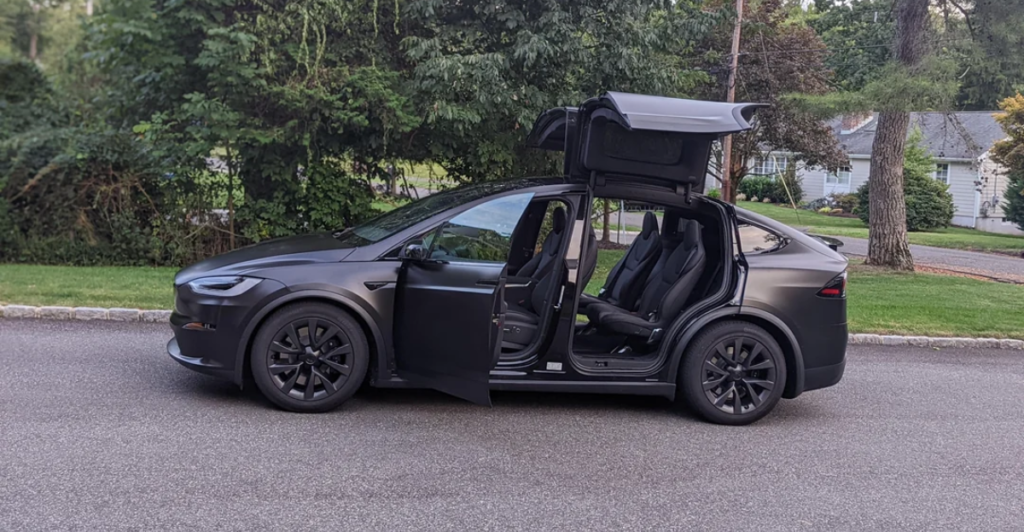
Tesla’s Model X stunned drivers with its futuristic falcon-wing doors and high-tech cabin, but early versions suffered from serious reliability concerns. Owners reported persistent problems with door sensors malfunctioning, power windows freezing, and windshields cracking due to design flaws.
Battery performance also varied more than expected, especially in colder climates. Despite its luxury appeal and impressive speed, the Model X proved frustrating for many buyers who expected better quality control from a premium vehicle. These early issues weren’t just minor inconveniences—they affected safety and usability.
While later updates addressed some concerns, the first few model years remain a gamble. If you’re eyeing a used Tesla SUV, steer clear of the early editions unless you’re prepared for potential headaches.
2: Chevrolet Bolt
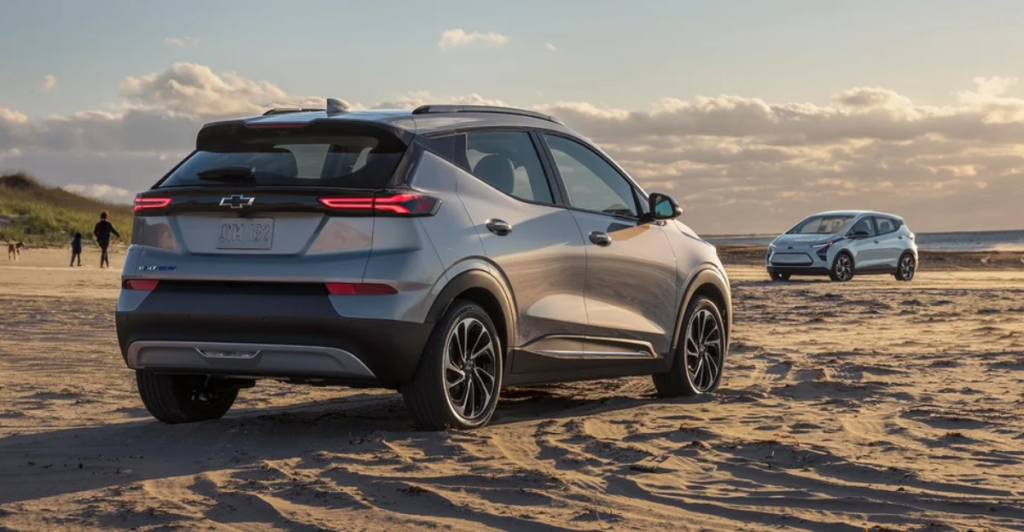
The Chevrolet Bolt has had a rocky history, with its reputation taking a major hit due to a widespread battery fire risk. Models from 2017 to 2022 were subject to extensive recalls after multiple incidents of spontaneous combustion, prompting safety warnings from both GM and federal regulators.
Despite efforts to resolve the issue, lingering concerns about battery reliability and long-term safety continue to haunt the Bolt. While it’s an affordable and otherwise capable EV, safety should never be compromised.
If you’re looking for peace of mind behind the wheel, the Bolt may not be the right fit. Even as GM works to rebuild trust, the Bolt’s past makes it one of the more cautionary tales in the EV landscape.
3: REVA G-Wiz
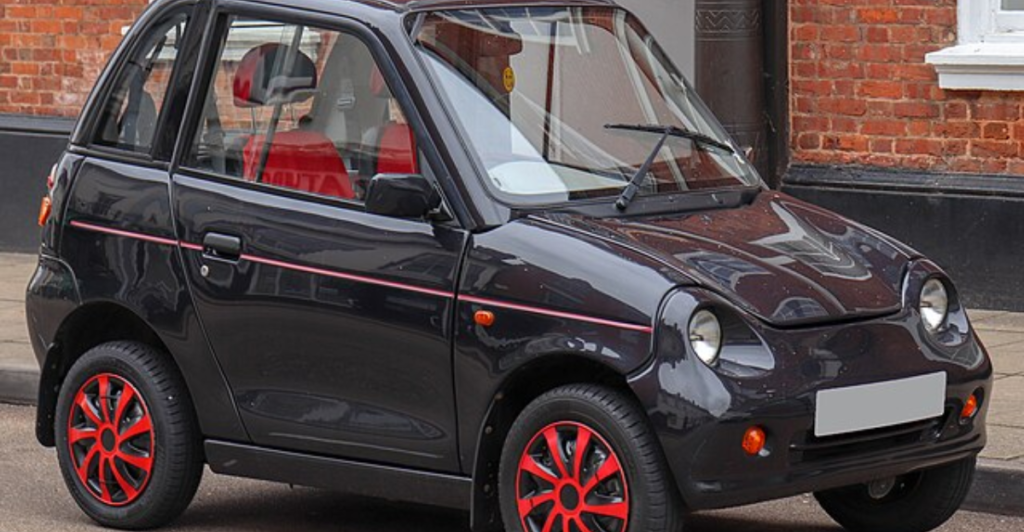
The REVA G-Wiz might look like a compact car, but it performs more like a glorified golf cart. With a top speed of only 50 mph (80 km/h) and a range that barely stretches 50 miles (80 km), this vehicle is seriously underwhelming.
Marketed as an urban runabout, the G-Wiz lacked essential safety features and structural integrity, leading to widespread criticism. In fact, crash tests revealed alarming results, further fueling doubts about its suitability for real-world use.
Though technically classified as a quadricycle in Europe, the G-Wiz was never truly roadworthy. Cramped, sluggish, and lacking basic comforts, it became a symbol of what can go wrong when electric mobility outpaces safety standards and practicality.
4: Porsche Taycan
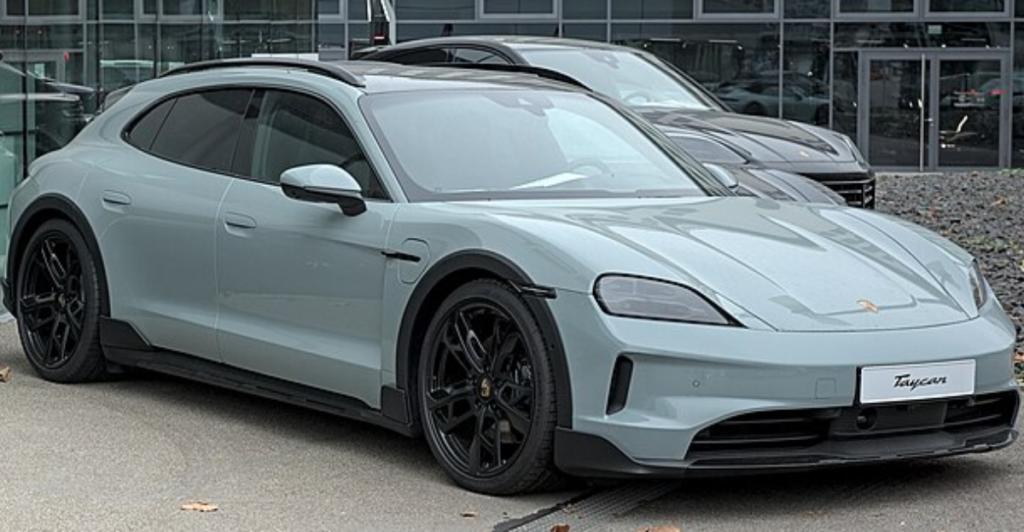
The Porsche Taycan dazzled drivers with its sleek styling and blistering speed—but behind the wheel, problems emerged. While the Taycan delivers on performance, its reliability record has been far less impressive.
Several owners have reported power loss while driving, and there have been recalls over defective seat harnesses. For a car with such a hefty price tag, expectations are sky-high—and this luxury EV doesn’t always meet them.
Add in high maintenance costs and spotty charging efficiency in real-world conditions, and the Taycan’s premium experience becomes more frustrating than exhilarating. Porsche’s first fully electric model still has a long way to go in delivering worry-free ownership, especially for those prioritizing dependability over speed.
5: Mazda MX-30
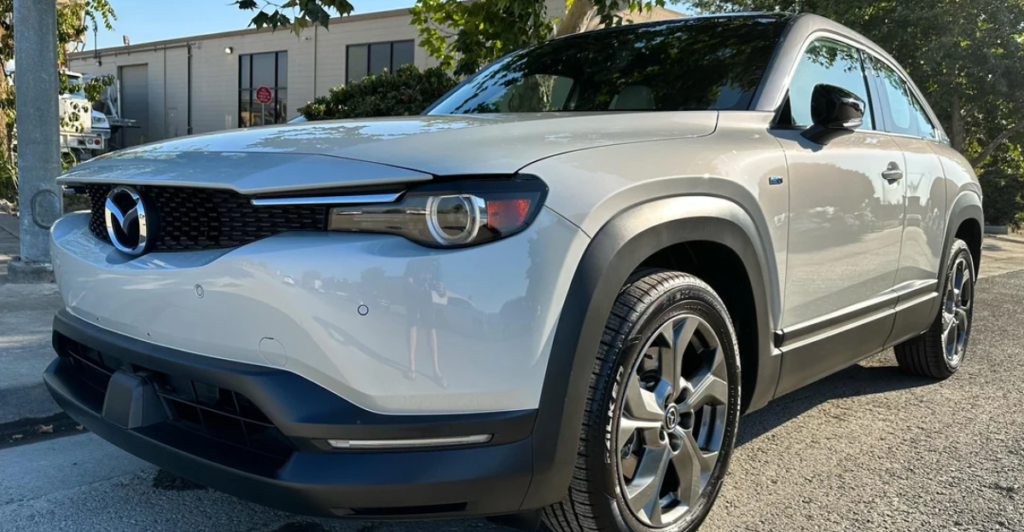
Mazda’s entry into the EV space, the MX-30, turned heads with its stylish design and suicide doors. But looks couldn’t make up for its limited driving range—barely 100 miles (160 km) per charge—and steep $35,000 price tag.
Designed for urban commutes, the MX-30 never gained traction outside of select U.S. markets, with availability limited mostly to California. Reviews praised its interior, but its performance and practicality lagged behind rival EVs.
In 2023, Mazda pulled the plug on the MX-30 in the U.S., quietly acknowledging its commercial failure. While Mazda fans hoped for a breakout electric debut, the MX-30 served more as a learning experience than a breakthrough, leaving buyers seeking longer range and better value disappointed.
6: Ford Mustang Mach-E (2021)
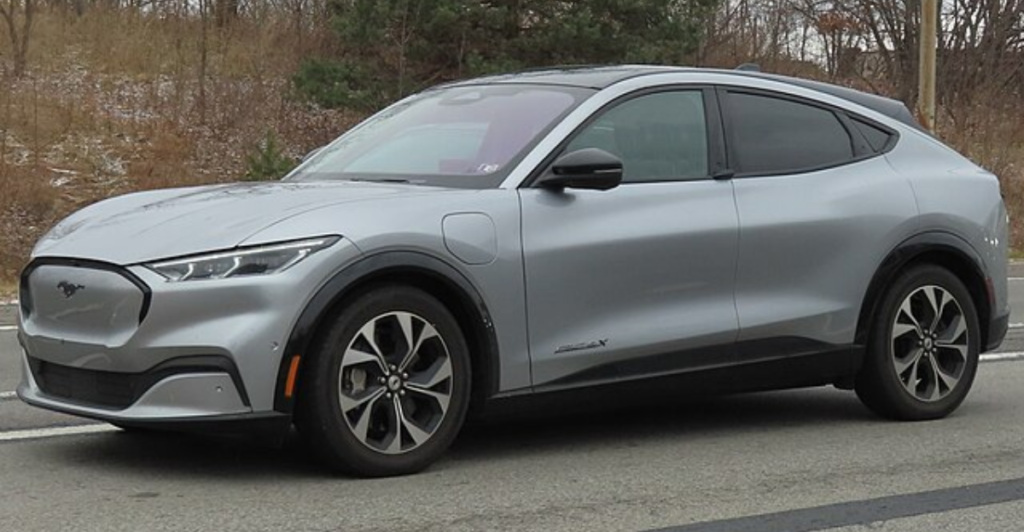
The 2021 Ford Mustang Mach-E delivered style, speed, and excitement—but some early models came with worrying reliability issues. Reports of unexpected acceleration, deceleration, and complete power loss emerged due to a software glitch that failed to properly detect high-voltage battery errors.
Ford issued a recall, but the incident shook consumer confidence in the otherwise well-reviewed EV. While newer models have seen improvements, the 2021 version is a cautionary tale of how even big-name automakers can stumble when transitioning to electric platforms.
For buyers who prioritize trust in their vehicle’s safety systems, early Mach-E models may feel like too much of a gamble despite their sporty appeal and solid driving dynamics.
7: Nissan Leaf
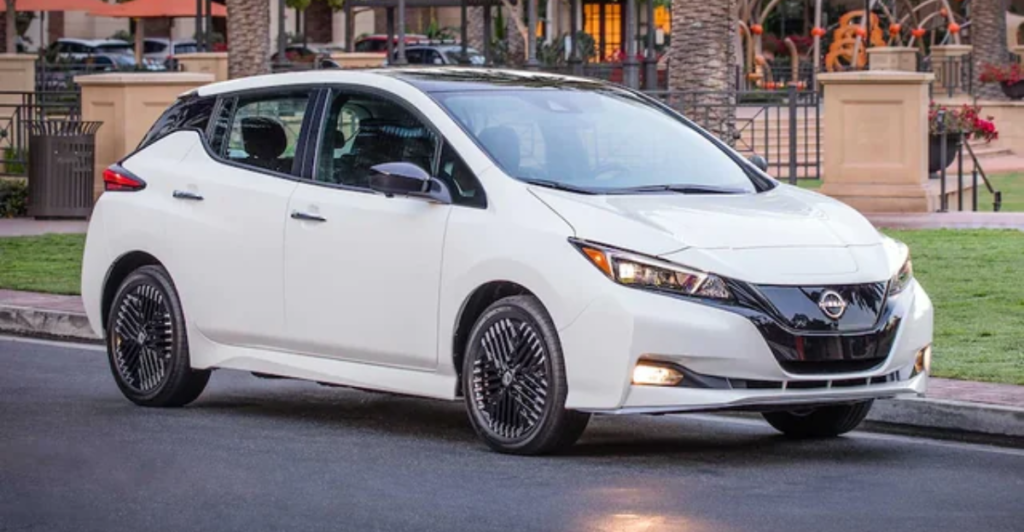
The Nissan Leaf is one of the world’s best-selling electric cars, but popularity doesn’t always mean performance. The standard 40-kWh battery delivers a modest range, making it better suited for short commutes than long road trips.
Opting for the upgraded 60-kWh version helps, but it drives up the price significantly. Acceleration is sluggish, and the design feels more dated with each passing year. Many drivers compare the Leaf to an appliance—functional but uninspiring.
While its affordability draws in budget-conscious buyers, the driving experience and limitations in range leave a lot to be desired in today’s more competitive EV market. As other brands push forward, the Leaf seems stuck in the slow lane.
8: Chang Li
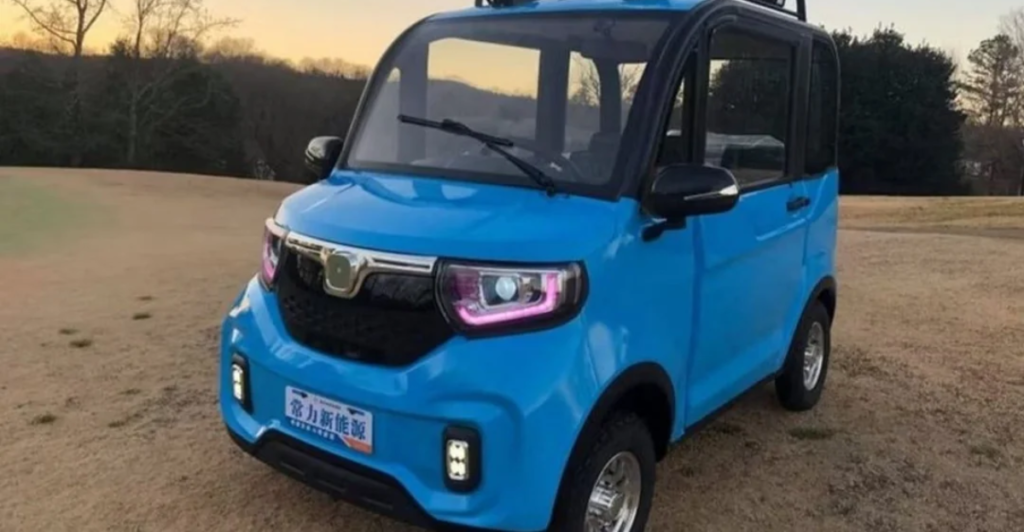
If you’ve ever come across the Chang Li EV online, you might mistake it for a toy car—and in many ways, that’s exactly how it performs. This budget Chinese electric vehicle is marketed as an ultra-cheap mobility option, but it’s not built for regular road use.
With extremely limited range, bare-bones construction, and minimal safety features, the Chang Li falls drastically short of global auto standards. While it may serve a purpose in small villages or factory campuses, it’s entirely unfit for modern urban roads.
Some buyers are drawn in by the rock-bottom price, but what you save in cash, you risk in safety. For anyone seeking durability and real-world reliability, this micro-EV is best left off your list.
9: BMW i3
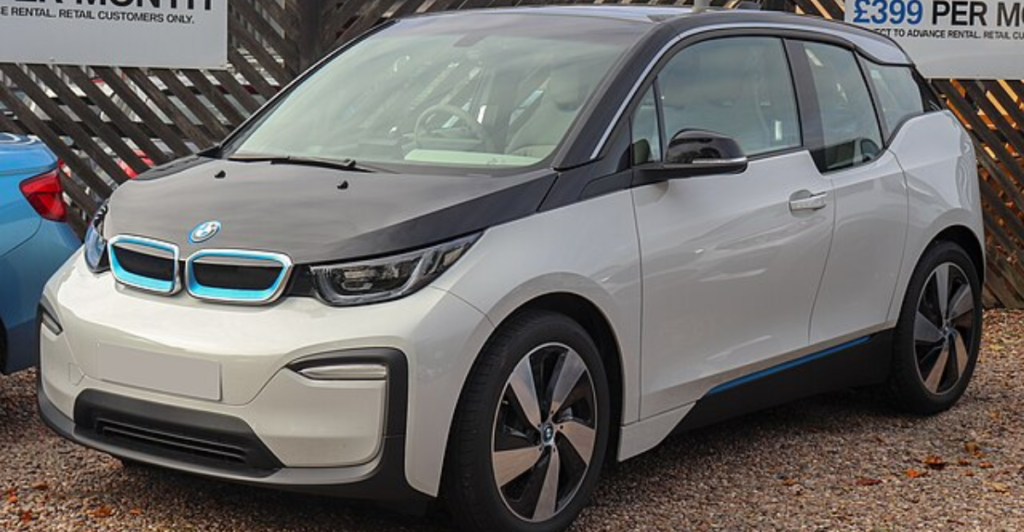
When the BMW i3 launched in 2013, it was considered a bold step into electric innovation. But fast-forward to today, and this quirky hatchback feels more like a relic. With a limited range topping out around 186 miles (299 km), it lags behind modern standards.
The i3’s polarizing design and cramped interior also left many drivers divided. Add in high repair costs and discontinued production in 2022, and it’s easy to see why the i3 no longer holds its original appeal.
What once felt futuristic now feels impractical. BMW moved on to stronger electric offerings, and so should buyers—especially those who expect their EV to last well into the future.
10: Mitsubishi i-MiEV
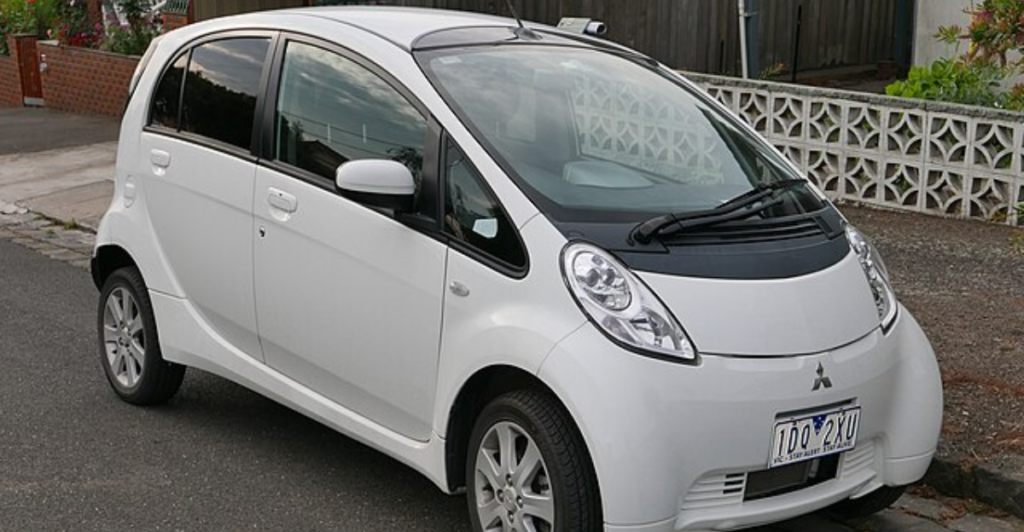
The Mitsubishi i-MiEV entered the scene as one of the earliest affordable electric vehicles—but it didn’t age well. With a range of just 62 miles (100 km) and a spartan interior, the i-MiEV struggled to justify its price tag even in its prime.
Its narrow body, sluggish performance, and lack of amenities made it feel more like a prototype than a finished product. As competitors rolled out sleeker and more capable EVs, the i-MiEV quickly fell out of favor.
Mitsubishi officially discontinued it in 2021, ending the run of a model that simply couldn’t keep up. While it played a role in early EV development, today’s buyers should look elsewhere for a safer, more satisfying ride.
11: Ford Focus Electric
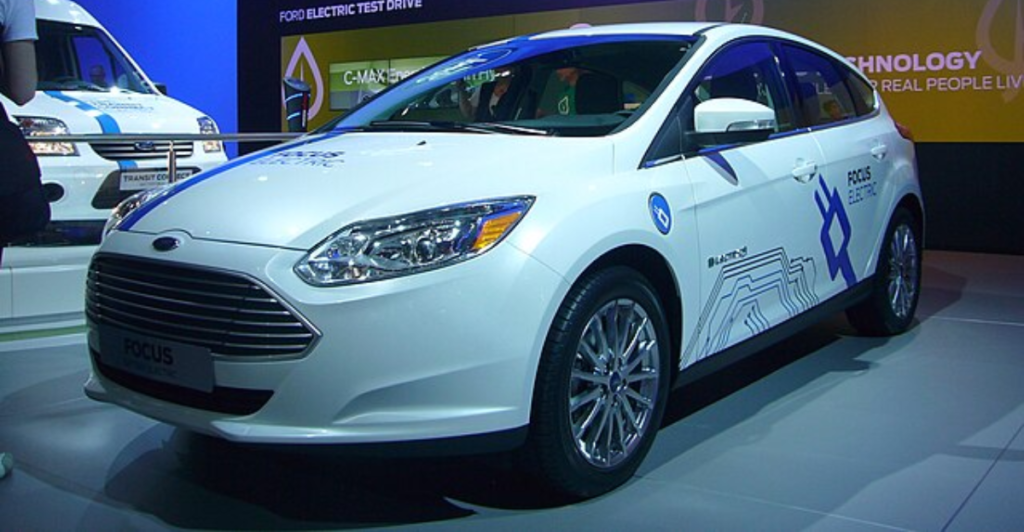
Ford’s attempt at electrifying the popular Focus sedan didn’t quite hit the mark. Produced from 2011 to 2018, the Focus Electric suffered from poor design integration, with the bulky battery eating into precious cargo space. Drivers also complained about a lackluster range and an uninspired driving experience.
While it was reasonably priced, the EV’s minimal updates and outdated tech meant it couldn’t compete with rivals that were improving fast. Over time, reliability issues emerged, further diminishing its value.
Ford has since shifted its EV focus toward more promising models, but the Focus Electric remains a reminder that not every transition to electric power goes smoothly. For a dependable daily driver, this one falls short.
12: Honda e
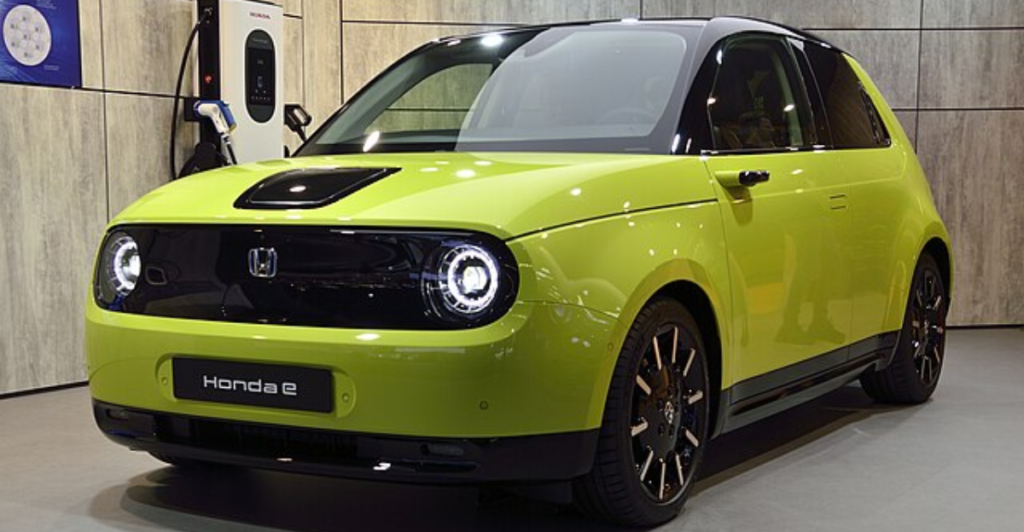
The Honda e wins points for style, with its retro-futuristic looks and high-tech dashboard—but looks aren’t everything. With a starting price around $30,000 and a range of just 137 miles (220 km), it’s hard to justify this compact EV over more capable competitors.
Its tiny trunk and less-than-ideal ergonomics make it a tough sell for families or anyone needing practicality. Despite the brand’s strong reputation, Honda pulled the plug on the model in early 2024 after selling only 12,500 units worldwide.
The company admitted it failed to capture consumer interest, proving that even solid design can’t save an EV that doesn’t deliver on daily usability. It is fun to look at, yes, but not built for the long haul.
13: Hyundai Kona Electric
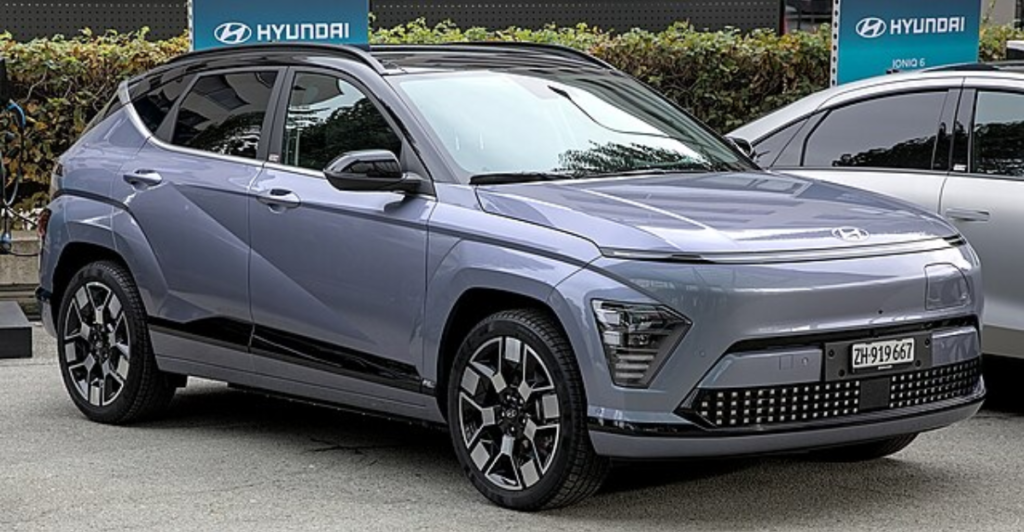
The Hyundai Kona Electric looked like a solid contender in the compact EV market, boasting decent range and affordability. But serious battery issues soon surfaced, including reports of fires and flaws in the battery management system.
Hyundai had to recall thousands of units worldwide, shaking consumer trust. While some owners have had positive experiences, the risk of battery malfunction and inconsistent performance casts a shadow over the model.
For drivers looking for long-term safety and reliability, the Kona Electric might not deliver the peace of mind they need. It’s a sharp-looking SUV, but the problems lurking beneath its sleek exterior make it one to think twice about before purchasing.
Explore more of our trending stories and hit Follow to keep them coming to your feed!

Don’t miss out on more stories like this! Hit the Follow button at the top of this article to stay updated with the latest news. Share your thoughts in the comments—we’d love to hear from you!







